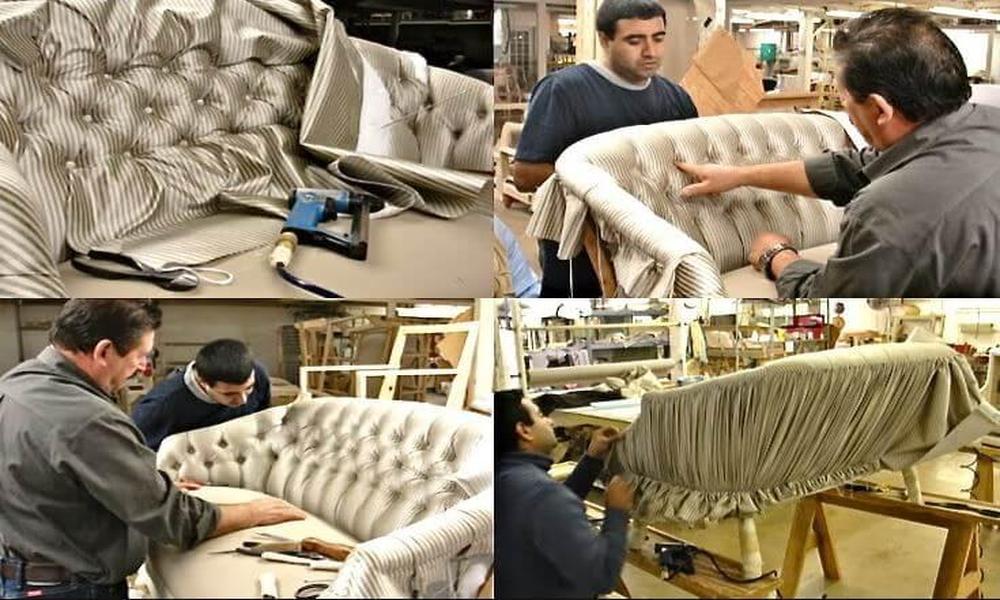Furniture Restoration: Upholstery is often used in furniture restoration projects to give old or damaged furniture a fresh and updated look. By reupholstering the piece, you can replace worn-out fabric or repair damaged padding and springs.
Customization Options: Upholstery allows for a high level of customization. You can choose from a wide range of fabrics, colors, patterns, and textures to match your style and complement your existing decor.
Structural Repairs: During the upholstery process, structural repairs may be necessary. This can include fixing broken or loose frames, replacing springs or webbing, and reinforcing joints to ensure the furniture’s longevity and stability.
Professional vs. DIY: Upholstery can be a complex task that requires specific skills and tools. While simple upholstery projects like cushion covers may be tackled by DIY enthusiasts, more intricate work is often best left to professional upholsterers who have the expertise and experience to handle the job effectively.
Maintenance and Care: Proper maintenance and care are essential to keep upholstered furniture looking its best. Regular vacuuming, spot cleaning, and avoiding exposure to direct sunlight can help prevent staining, fading, and premature wear.
Ways To Improve Upholstery
Preventive Measures: To maintain the quality of upholstery, take preventive measures such as using slipcovers or throws to protect the fabric from spills, pet hair, or wear and tear. Placing cushions strategically can also distribute weight evenly and prevent sagging.
Avoid Sharp Objects: Be cautious with sharp objects near the upholstery to avoid tears or snags. Keep pets’ claws trimmed and avoid sitting on furniture with sharp objects such as keys or tools in your pockets.
Upholstery Protectors: Use fabric protectors or upholstery guards to create a barrier against spills and stains. These products can provide a protective layer, making it easier to clean up accidents quickly.
Cushion Filling: If your upholstery cushions have lost their shape or firmness, consider replacing the filling. This can help improve comfort and appearance. Choose high-quality foam or other suitable filling materials.
Repairing Tears and Rips: If your upholstery has tears or rips, consider repairing them promptly. There are DIY repair kits available or seek professional help for complex or extensive damage.
Interesting Facts You Never Knew About Upholstery
Hidden Gems: During reupholstery or restoration projects, it is not uncommon to discover hidden treasures within the furniture. People have found valuable items such as old coins, love letters, or even weapons tucked away in the layers of upholstery.
Tackling Stains: Upholstery fabrics are often treated with stain-resistant finishes to help protect them from spills and stains. However, if a stain does occur, it’s important to address it promptly and avoid using harsh cleaning agents that could damage the fabric.
Upholstery Techniques: Upholsterers use a variety of techniques to achieve a professional finish. This includes methods such as hand-stitching, tufting, and webbing to ensure the fabric is properly secured and the padding is evenly distributed.
Upholstery as Art: Upholstery can be seen as an art form, with skilled craftsmen and women creating intricate patterns, designs, and textures on furniture. Some upholsterers even specialize in creating unique, one-of-a-kind pieces that are considered works of art.









